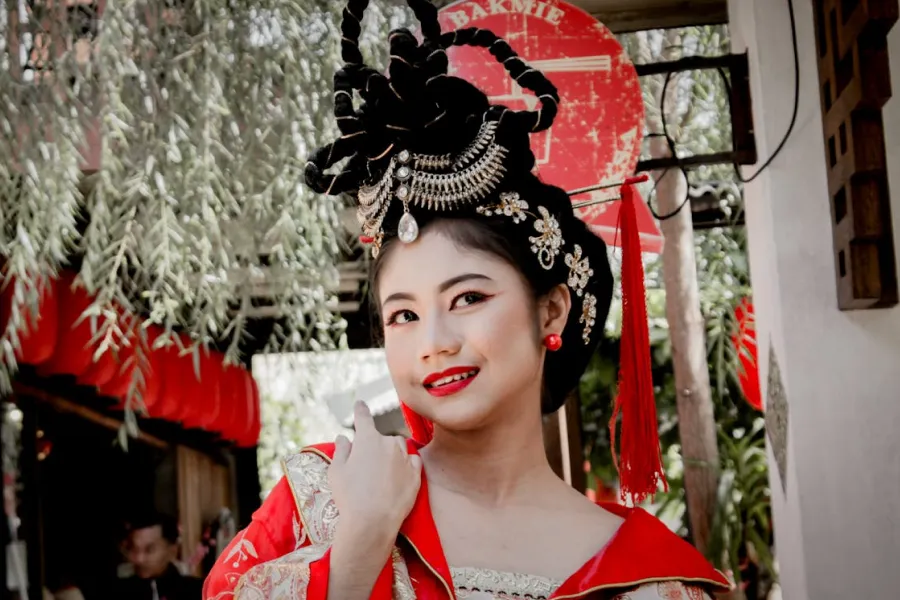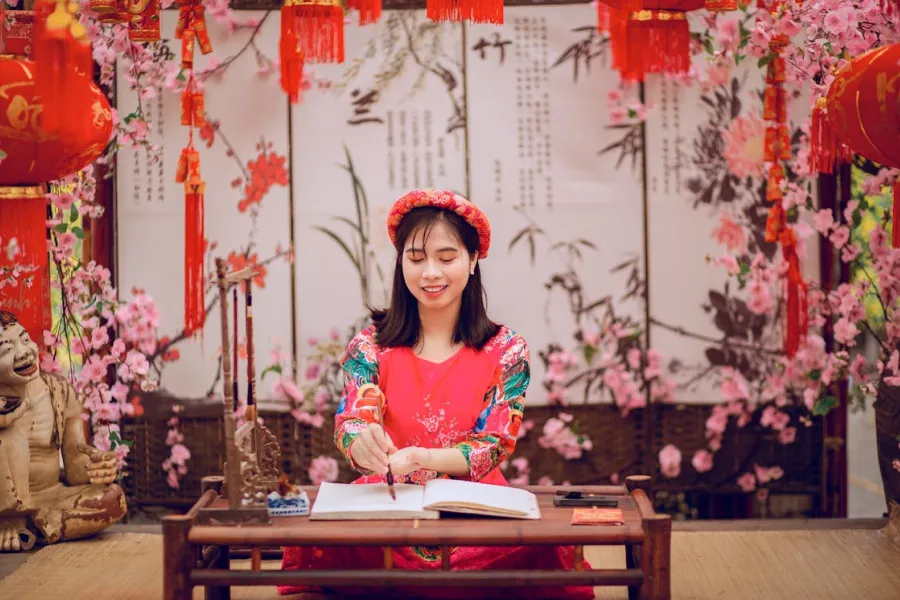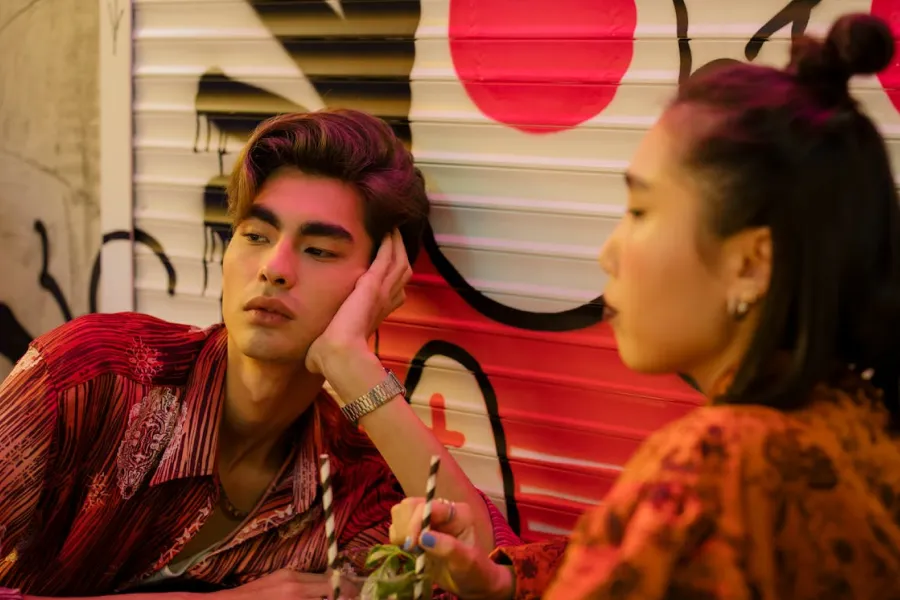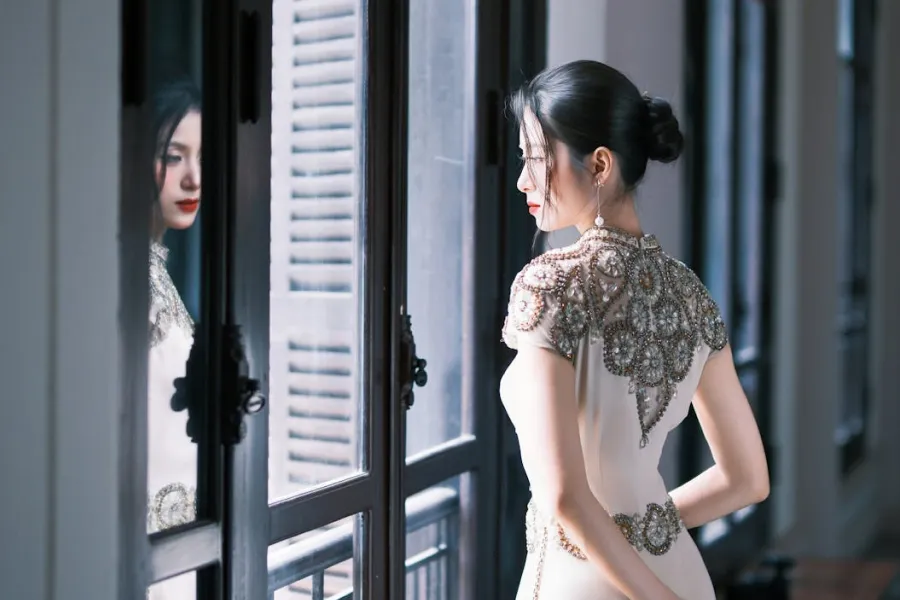
The evolution of Chinese beauty trends reflects a fascinating interplay between tradition, modernity, and global influence. Across dynasties and decades, beauty ideals have transformed alongside politics, culture, and technology. From the soft grace of imperial court ladies to the bold confidence of today’s style influencers, each era’s standards reveal deep insights into the values and aspirations of Chinese society.

To truly appreciate current beauty standards, we must first explore the history of Chinese makeup styles. Beauty in ancient China was never just about appearance — it reflected moral virtues, social status, and harmony with nature. In the Tang Dynasty, women painted their lips a vivid red, wore floral face decorations, and styled hair in elaborate buns adorned with gold pins. This vibrant look mirrored the dynasty’s prosperity and openness to foreign cultures.
By contrast, the Ming Dynasty emphasized pale skin and subtle, refined makeup. The avoidance of heavy color symbolized modesty and self-discipline. This preference for light skin wasn’t merely aesthetic — it was tied to class status. A pale complexion indicated a life spent indoors, away from manual labor under the sun, and thus became a sign of privilege.
As the country modernized, the traditional vs modern Chinese beauty conversation emerged. Traditional standards value porcelain-like skin, refined features, and understated elegance — qualities still admired today. However, the influence of K-beauty and Western makeup techniques has introduced bolder brows, defined contours, and more diverse lip colors into the Chinese beauty scene.
In cities like Shanghai and Beijing, you might see a striking blend — women combining historically inspired hair ornaments with trendy, glass-skin foundation techniques. Social media platforms accelerate this fusion, exposing rural communities to urban styles while giving traditional aesthetics new audiences worldwide.
While makeup trends have evolved dramatically, many ancient Chinese skincare secrets remain timeless. Pearl powder, once used by empresses for its brightening effects, continues to be incorporated into modern face masks and creams. Rice water, valued for its gentle exfoliation and hydration, is a simple yet effective beauty treatment still embraced in both homes and luxury spas.
Ginseng, another ancient favorite, is prized for its anti-aging properties. While high-tech serums and devices dominate beauty counters today, these natural remedies remain relevant, offering a bridge between tradition and innovation.
The changing standards of beauty in China reveal how quickly ideals can shift under global influences. In the early 2000s, idol culture from Japan and Korea popularized large eyes, V-shaped jawlines, and petite frames. Cosmetic surgery and makeup tutorials focusing on these traits gained traction among young women seeking to emulate their favorite celebrities.
More recently, however, there’s been a shift toward individuality. Younger generations are celebrating natural features, experimenting with a wider range of makeup styles, and embracing different skin tones. Yet, elegance and refinement — hallmarks of Chinese aesthetics — still anchor the definition of beauty.

The link between Chinese fashion and beauty influences is as strong now as it was in imperial times. In ancient courts, ornate silk robes and embroidered accessories were coordinated with makeup to create a complete visual statement. Today, modern designers frequently draw on this heritage, incorporating traditional motifs into runway-ready pieces.
Chinese Fashion Week often highlights this fusion — models wearing contemporary dresses inspired by the qipao or hanfu, paired with makeup that nods to ancient color palettes. This interplay between clothing and cosmetics continually shapes how beauty is expressed and perceived.
The evolution of Chinese beauty trends is more than an aesthetic timeline — it’s a reflection of cultural identity, values, and global interaction. By studying these changes, you can better understand the forces shaping not only Chinese beauty but also the wider Asian beauty industry.
This is why resources like Understanding Chinese Beauty Ideals Through Culture, History & Modern Change are invaluable. This guide offers a comprehensive exploration of historical traditions, modern shifts, and the nuanced factors influencing beauty perceptions today.
Learning from the past helps beauty enthusiasts, cultural researchers, and industry professionals connect timeless artistry with modern creativity. The product Understanding Chinese Beauty Ideals Through Culture, History & Modern Change makes this exploration accessible, offering detailed insights supported by historical examples and modern analysis.
China’s beauty industry no longer operates in isolation. International collaborations, product launches, and beauty influencers are shaping a new narrative where Chinese trends influence and are influenced by the global stage. Makeup artists from China now feature prominently at international fashion shows, bringing with them a blend of traditional artistry and modern innovation.
Brands are increasingly inspired by Chinese heritage, releasing collections that incorporate historical motifs, color symbolism, and skincare wisdom into their products. This cross-cultural exchange enriches the global beauty market while keeping Chinese traditions alive.

The evolution of Chinese beauty trends will continue as younger generations redefine aesthetics, blending cultural heritage with worldwide influences. While technology may introduce virtual makeup trials and AI-driven skincare routines, the essence of Chinese beauty — rooted in artistry, balance, and cultural meaning — will endure.
Whether you are a beauty enthusiast, historian, or simply curious about cultural expression, exploring this evolution offers valuable lessons. Beauty, in this context, becomes more than a surface-level pursuit — it’s a reflection of history, identity, and connection across generations.
Visit our blog to learn more about other trending life-enhancing products. For fashion inspiration, explore outfit ideas for dramatic classic style. To enhance your beauty routine, try this easy natural makeup tutorial. And to achieve radiant skin, explore the best skincare routine for clear skin.
Leave a comment